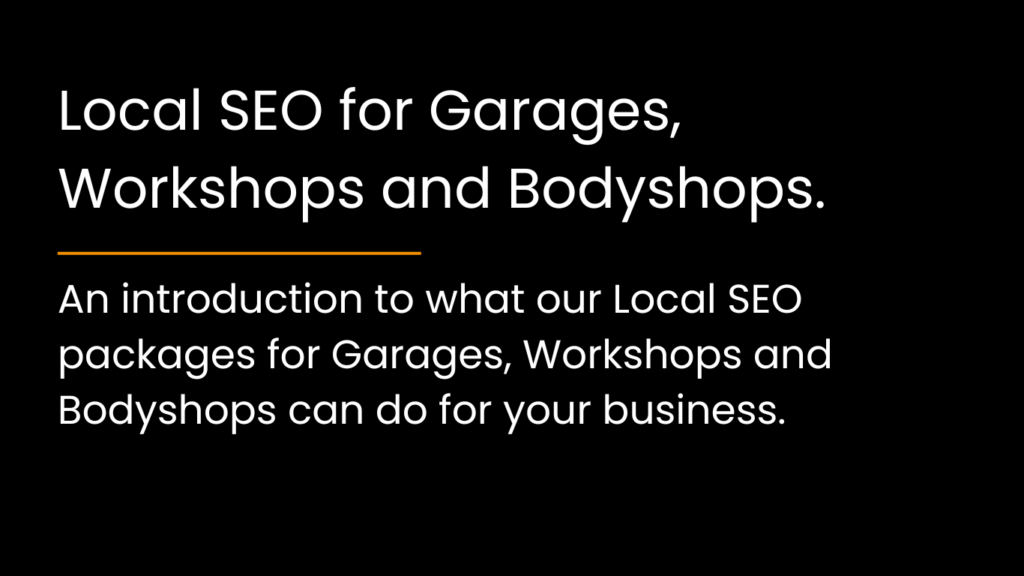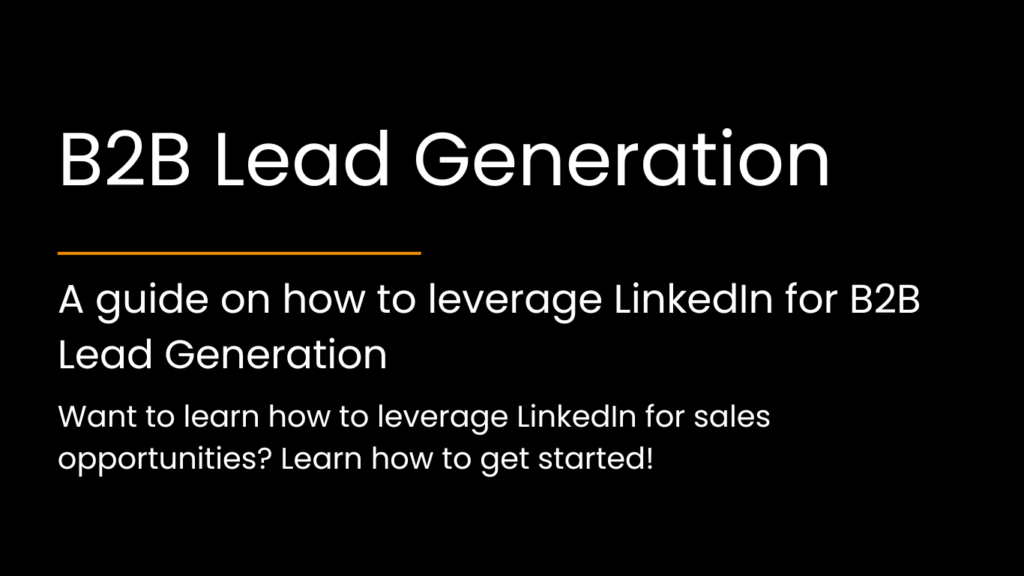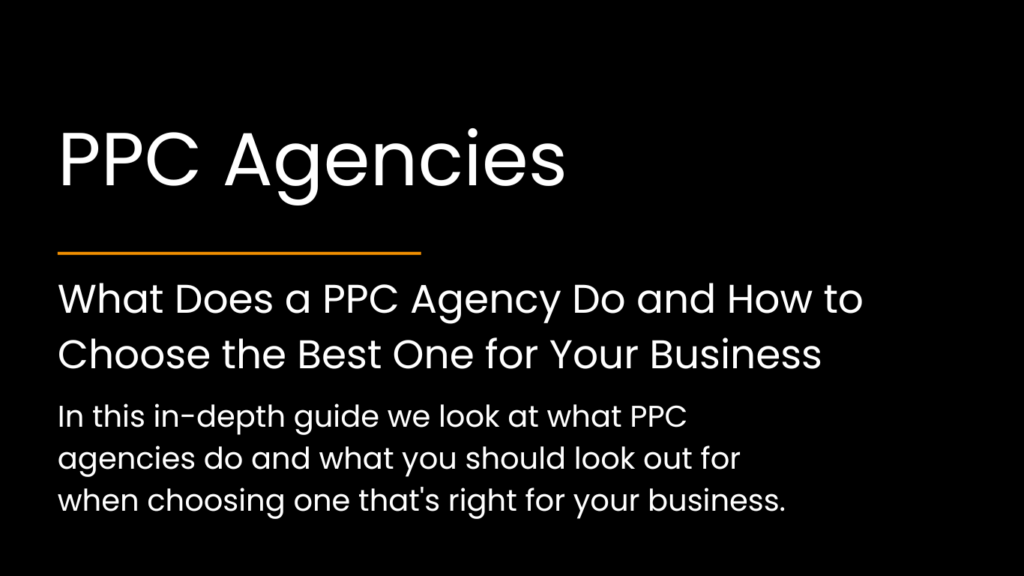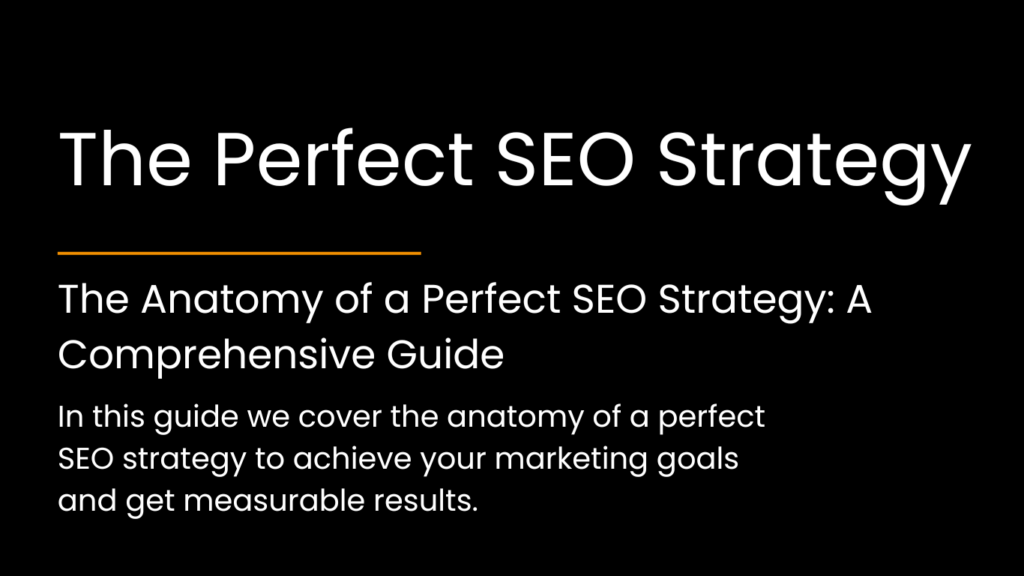Which platform is better: Webflow vs. WordPress
When it comes to building a website, two of the most popular platforms are Webflow and WordPress. Both offer powerful tools and flexibility, but they cater to different needs and skill levels. In this blog post, we’ll compare Webflow vs. WordPress in various key areas to help you decide which platform is the best fit for your project.
Is Webflow easier to use vs. WordPress
Webflow: Webflow is a visual web design tool that allows you to create custom websites without needing to write code. Its intuitive drag-and-drop interface makes it easy for designers and those without coding experience to build and customise websites. However, there is a learning curve to fully utilise Webflow’s advanced features.
WordPress: WordPress is a content management system (CMS) that powers over 40% of the web. It’s highly customisable with thousands of themes and plugins available. However, WordPress requires some familiarity with coding or the use of plugins for customisations, which can make it slightly more complex for beginners compared to Webflow.
In the Webflow vs. WordPress debate, Webflow is generally easier for beginners and designers who want a code-free environment, while WordPress offers more flexibility if you’re willing to learn or have coding skills.
Is designing websites easier on Webflow compared to WordPress?
Webflow: Webflow shines in design flexibility. It offers a visual canvas where you can design with complete freedom, similar to graphic design software. You can create responsive designs directly, ensuring that your website looks good on any device.
WordPress: WordPress also offers extensive design flexibility, especially with page builders like Elementor or Divi. However, creating highly customised designs may require a deeper understanding of CSS and HTML. Many themes offer pre-designed layouts, which can be limiting if you want something truly unique.
If design flexibility and customisation are your top priorities, Webflow vs. WordPress leans in favour of Webflow, especially if you prefer a visual, code-free approach.
Is WordPress or Webflow better for SEO?
Webflow: Webflow includes built-in SEO tools that allow you to optimise meta titles, descriptions, and alt text directly from the editor. It also automatically generates sitemaps and supports custom URL structures. Webflow’s clean code and fast load times are also beneficial for SEO.
WordPress: WordPress is known for its SEO capabilities, thanks to plugins like Yoast SEO and All in One SEO. These tools provide in-depth control over every aspect of your site’s SEO, from meta tags to XML sitemaps. With WordPress, you have more control over advanced SEO settings, but it requires the right plugins and some know-how.
In terms of SEO: Webflow vs. WordPress, WordPress has the upper hand due to its extensive plugin ecosystem and detailed SEO management tools, though Webflow’s built-in features are strong and more straightforward for basic SEO needs.
Should I use WordPress or Webfow for my e-commerce store?
Webflow: Webflow offers a robust e-commerce solution that is fully integrated into its platform. You can design your storefront and product pages with the same flexibility as your main website, and it includes features like inventory management, payment processing, and custom checkout experiences.
WordPress: WordPress relies on plugins like WooCommerce to add e-commerce functionality. WooCommerce is incredibly powerful, offering extensive features through both free and paid extensions. However, setting up and customising WooCommerce can be more complex than using Webflow’s built-in tools.
For e-commerce: Webflow vs. WordPress, Webflow is great for users looking for an all-in-one solution with integrated design and e-commerce tools, while WordPress with WooCommerce offers more advanced options and scalability for larger stores.
Hosting on WordPress vs Webflow
Webflow: Webflow includes hosting as part of its service, which means you don’t need to worry about finding a separate hosting provider. Their hosting is fast, secure, and optimised for Webflow sites. Webflow also handles updates and maintenance, so you can focus on design and content.
WordPress: WordPress gives you the freedom to choose your own hosting provider, which can be both an advantage and a drawback. You have more control over your hosting environment, but you’re also responsible for managing updates, backups, and security. Many managed WordPress hosting providers offer services to handle these tasks, but they come at an additional cost.
When comparing hosting and maintenance: Webflow vs. WordPress, Webflow offers a more streamlined experience with built-in hosting and maintenance, whereas WordPress requires more hands-on management but offers greater flexibility.
Final Thoughts: Webflow vs. WordPress
Both Webflow and WordPress are powerful platforms, but they serve different purposes. Webflow is ideal for designers and businesses looking for a visually driven, all-in-one solution with minimal need for coding or maintenance. WordPress, on the other hand, is better suited for those who need extensive customisation options, advanced SEO tools, and the flexibility to choose their own hosting.
In the Webflow vs. WordPress debate, the best choice depends on your specific needs, technical skills, and long-term goals. Evaluate what matters most to your project, and choose the platform that aligns best with your vision. We’re passionate about WordPress and rely on it for all our website projects. However, WordPress could soon face its biggest challenger yet, potentially reshaping the future of web design.






